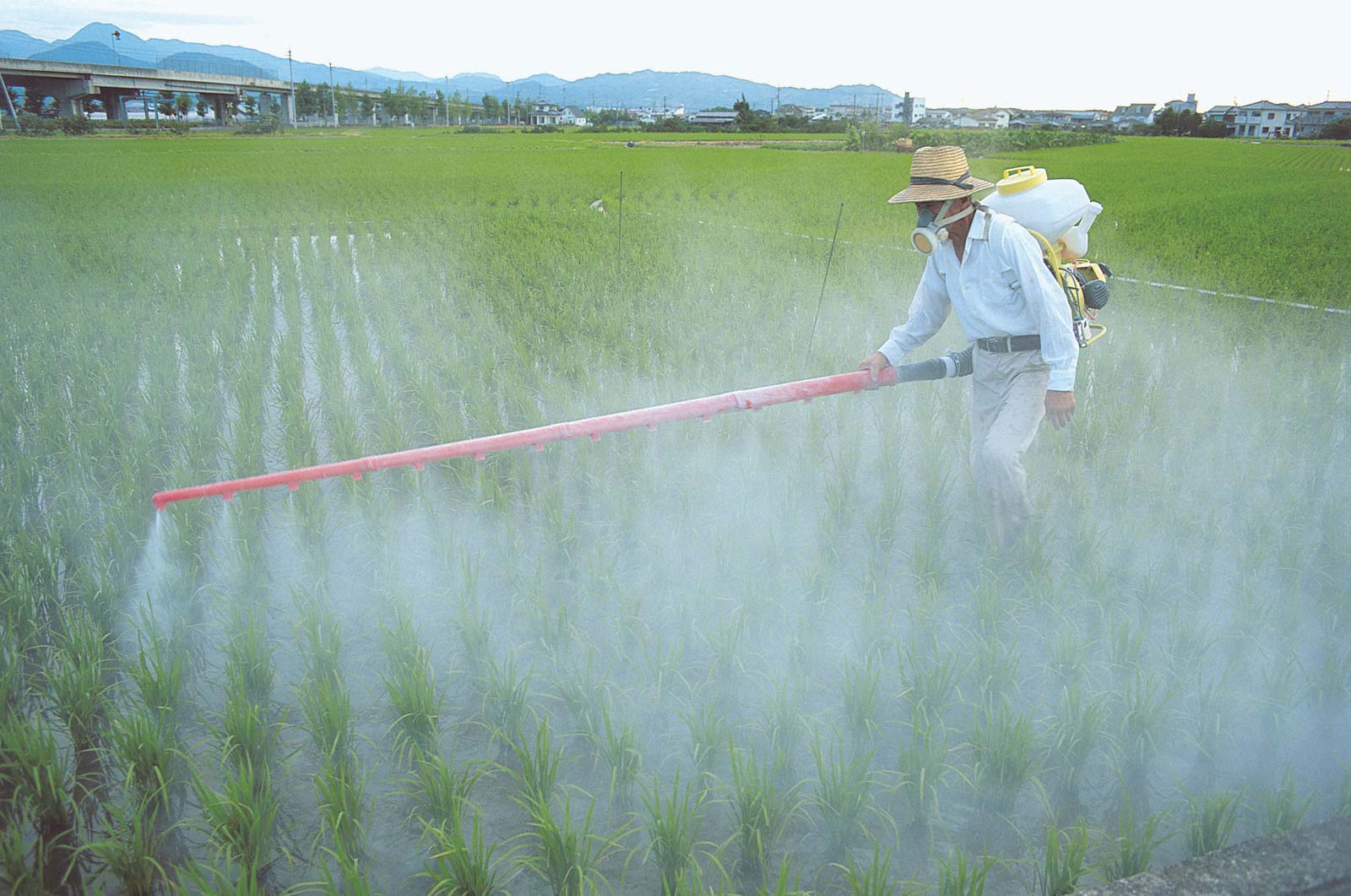



The Australian Pesticides and Veterinary Medicines Authority has now formally registered Booster-Mag, a biological product that provides both insect protection and nutritional characteristics (APVMA). Calix, the company that developed it, said the registration was the conclusion of six years of work. Calix is hoping that Booster-Mag, a foliar spray that functions as a fertiliser while also assisting with crop protection, will fill a void in a market that is hungry for new biological goods. After the APVMA completed its evaluation and approved the Calix application this month, Booster-Mag is now registered as a non-lethal control of two-spotted mite on tomato and cucurbit crops. It indicates that the product can now be provided, sold, and used in accordance with the APVMA label regulations.
According to Calix, large-scale field testing have shown that regular foliar sprays of the product throughout the growing season can reduce the usage of synthetic pesticides while maintaining efficacy and crop output. Furthermore, the registration creates a bioactive materials platform for future biological crop protection products, establishing product safety and paving the path for faster approval for usage in new crops and applications. Early laboratory investigations suggested that materials were capable of suppressing frequent and very destructive crop diseases. The product is based on bioactive magnesium oxide and magnesium hydroxide compounds.
Insecticides are chemicals that are used to manage insects by either killing them or stopping them from engaging in harmful or destructive behaviour. Their structure and mode of action are used to classify them. Many pesticides work by inhibiting cholinesterase in the neurological system of the insect, while others work as growth regulators or endotoxins. Insecticides are used in a variety of formulations and delivery mechanisms, including sprays, baits, and slow-release formulations.
Insecticides can be mobilised through runoff (dissolved or sorbed to the soil), air deposition, or subsurface movement. Aquatic species acquire pesticides, which are then passed on to their predators. Because insecticides are designed to kill insects, they are especially dangerous to aquatic insects, but they also harm other aquatic creatures. When human sources and actions, site observations, or documented biological effects support elements of the source-to-impairment pathways, insecticides should be considered a candidate cause.
Wastewater treatment facilities (which receive runoff during non-overflow conditions), combined sewer overflows (CSOs) during wet weather, manufacturing facilities, and insecticide spills and leaks on farms and other areas where they are stored and handled in bulk quantities are all point sources of insecticides. Back-siphoning of insecticides into irrigation water wells that aren’t equipped with suitable safety precautions is one example. Agricultural ditches that transport runoff or irrigation returns could also serve as point sources. Insecticides from nonpoint sources are less geographically concentrated. Surface water runoff is a common way for insecticides to infiltrate waterbodies.